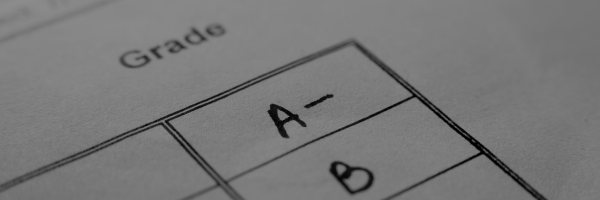
From Grades to Growth: How to Make the Most of Report Cards with Your Child’s Tutor
As a parent, you play a pivotal role in your child’s education. When you involve a tutor in your child’s learning journey, sharing key academic information—like their report card—becomes essential. A report card isn’t just a summary of grades; it’s a map of your child’s strengths, challenges, and growth areas. Sharing this document with your child’s tutor can help them tailor their approach for maximum impact. Here are some tips on how to do it effectively.
Tip #1: Understand the Purpose of Sharing the Report Card
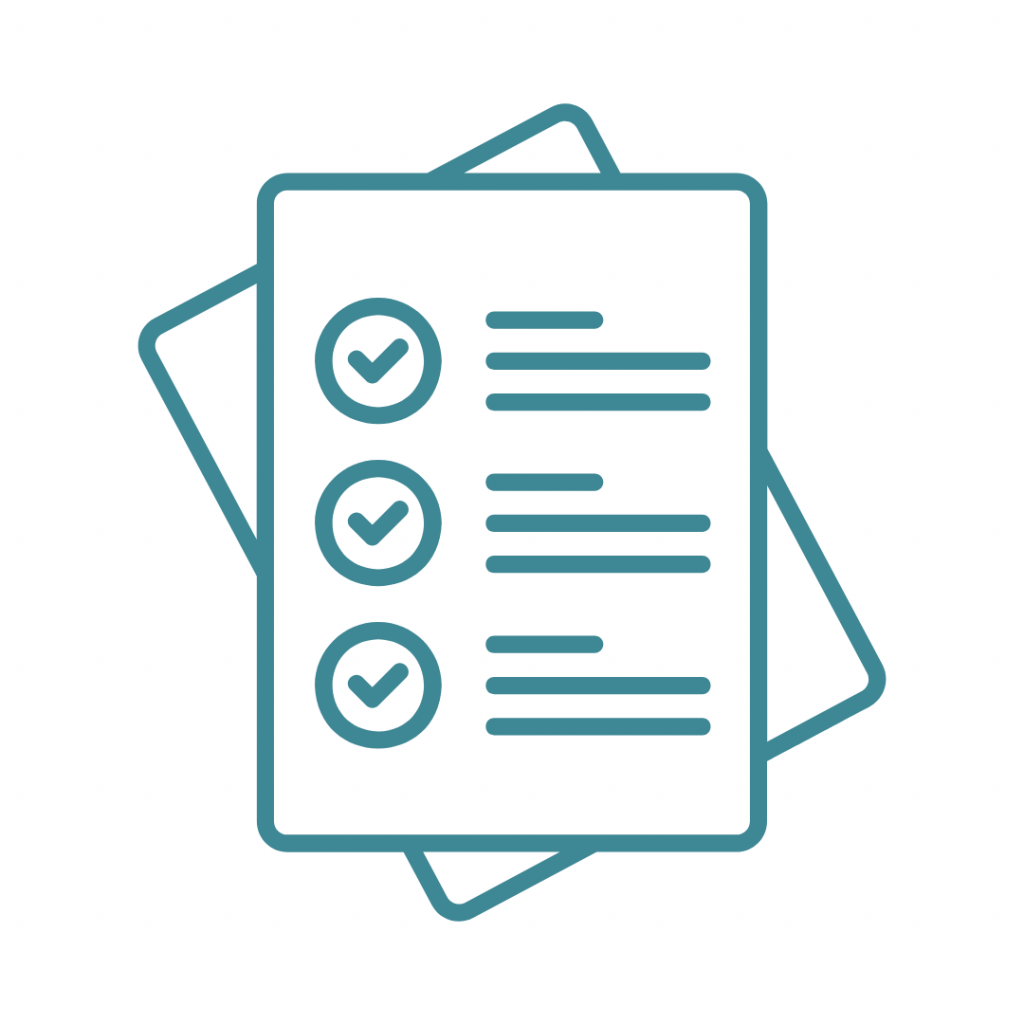
Before you share your child’s report card with their tutor, it’s essential to understand why this is valuable. A report card shares more than just grades—it provides insight into your child’s academic journey. Sharing it with the tutor equips them with the insights they need to craft a personalized learning plan. Here’s how tutors can use this information effectively:

Identify Subjects and Strands Where Extra Help Is Needed:
The grades and teacher comments on the report card can highlight areas where your child is excelling and where they’re struggling. This allows the tutor to focus their efforts on specific subjects or strands that need the most attention.

Spot Patterns and Trends:
A report card reveals patterns over time, such as consistent challenges in specific topics or gradual improvement in others. For example, if your child has repeatedly struggled with math but shows steady progress in science, the tutor can adjust their approach to prioritize more intensive support in math.

Hone in on Learning Skills That Need Improvement:
Beyond subject-specific issues, report cards often provide insights into broader learning skills like organization, independent work, or initiative. For instance, a comment like “Needs to complete assignments on time” suggests that the tutor might need to incorporate strategies to improve organization.

Set Realistic Goals and Track Progress:
Using the report card as a baseline, tutors can set achievable goals for your child’s improvement. Whether it’s aiming for higher test scores, mastering a specific concept, or boosting overall confidence, having measurable objectives keeps everyone on track.
Tip #2: Communicate with Your Child First
Discuss the report card with your child before sharing it with their tutor. This step ensures that your child understands their progress and feels involved in the process. Explain how the tutor will use this information to help them succeed, which can build trust and reduce anxiety about sharing their grades.


Tip #3: Highlight Key Areas and Goal Setting
When presenting the report card, avoid simply handing it over without context. Instead, take a moment to highlight specific areas where you’d like the tutor to focus. For example:
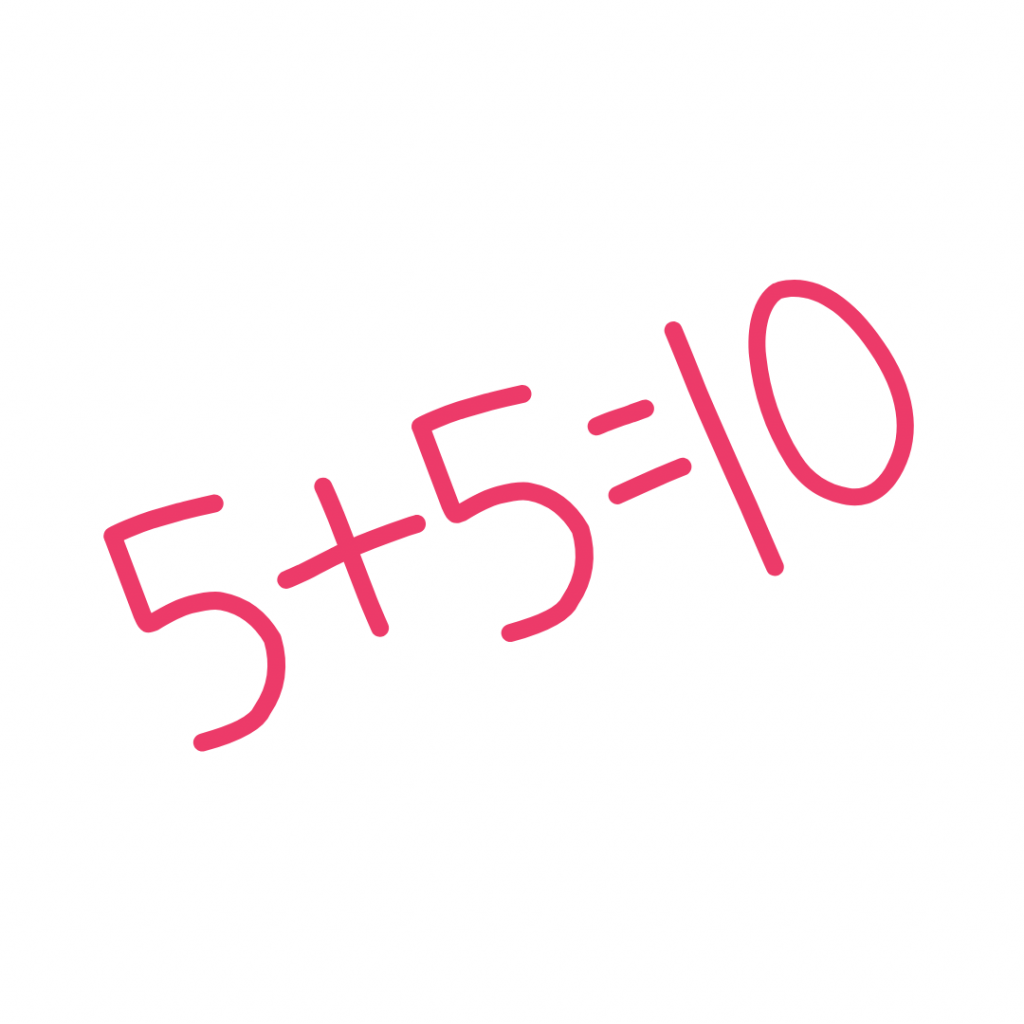
“We’ve noticed that math has been challenging this term, particularly with fractions.”

“The teacher mentioned they’re excelling in reading comprehension but could use more practice with writing skills.”
Providing this context helps the tutor prioritize their efforts effectively and ensures a collaborative, team-oriented approach to supporting your child’s success. By focusing on key areas, you can maximize the tutor’s impact and align everyone’s efforts toward your child’s growth.

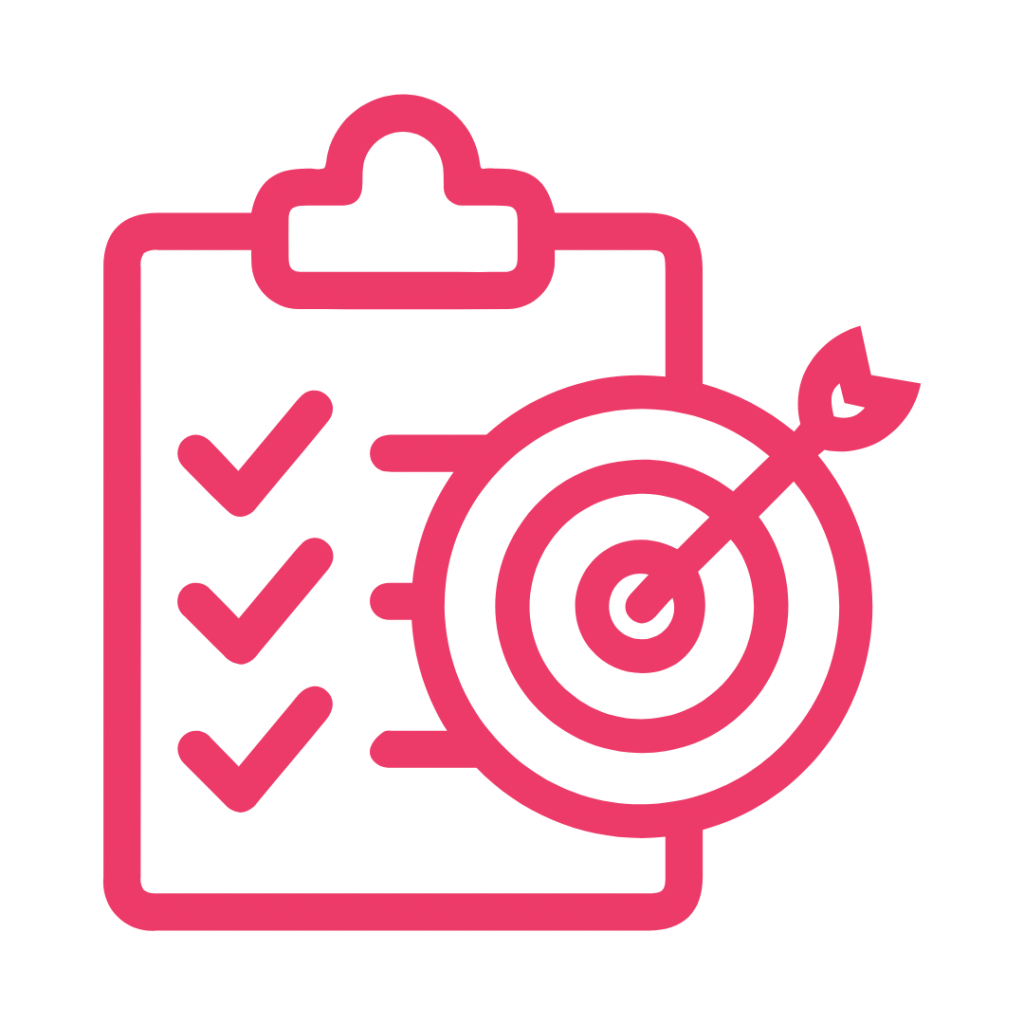
After identifying focus areas, take the next step by working with the tutor to set specific, achievable goals for the next term. For example:
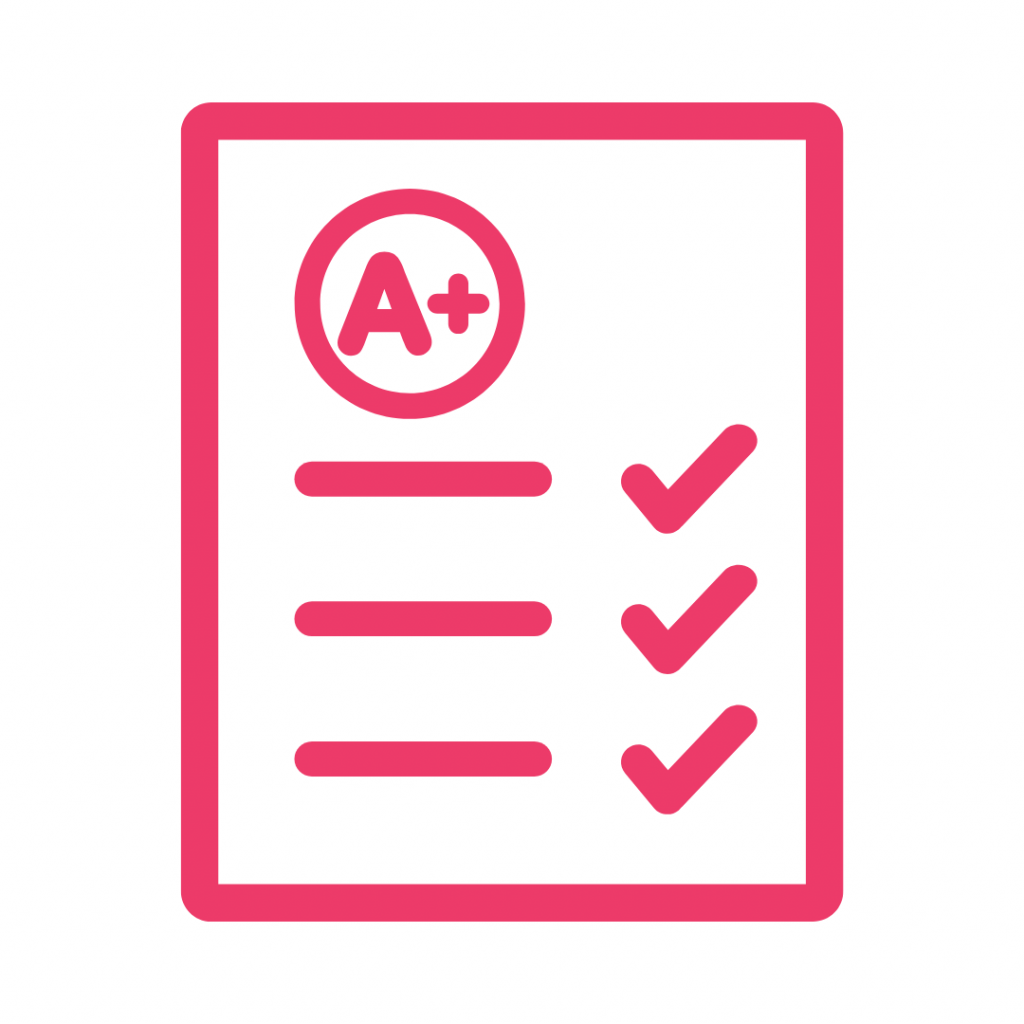
Improve test scores in a challenging subject by a certain percentage.

Build confidence in problem-solving or class participation.
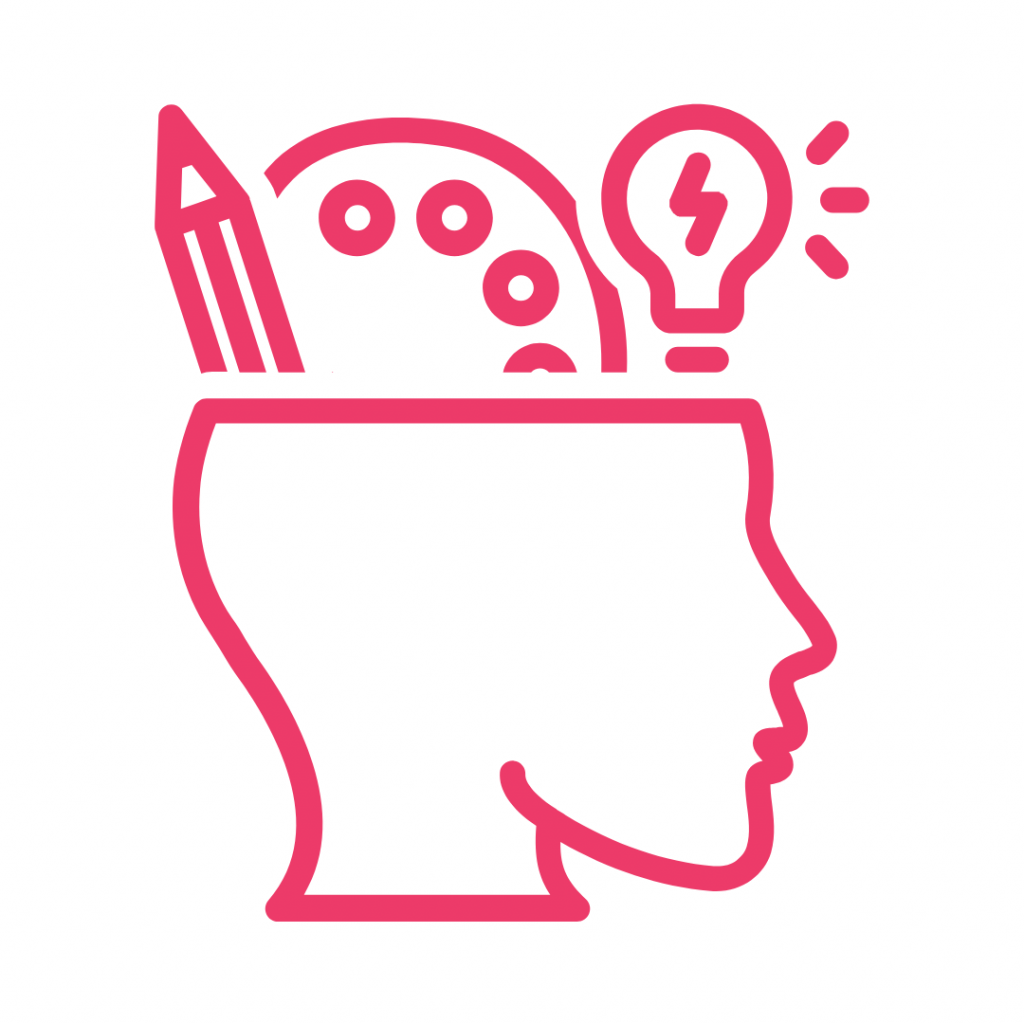
Strengthen foundational skills to prepare for future topics.
Collaborating on these goals helps establish clear benchmarks and ensures everyone is working toward the same objectives. Regularly revisiting these goals with the tutor allows you to measure progress, celebrate successes, and adjust strategies as needed to keep your child moving forward. This ongoing communication ensures a consistent and focused effort to support your child.


Tip #4 Provide Additional Context
While report cards provide a snapshot of your child’s academic performance, they often don’t tell the whole story. By sharing additional insights, you can give the tutor a fuller picture of your child’s strengths, challenges, and unique needs. Here are some key areas to consider:


Have you had a parent-teacher conference?
If you’ve had recent discussions with your child’s teacher, share the feedback they provided. This can include behavioural observations, specific learning challenges and areas of potential growth.
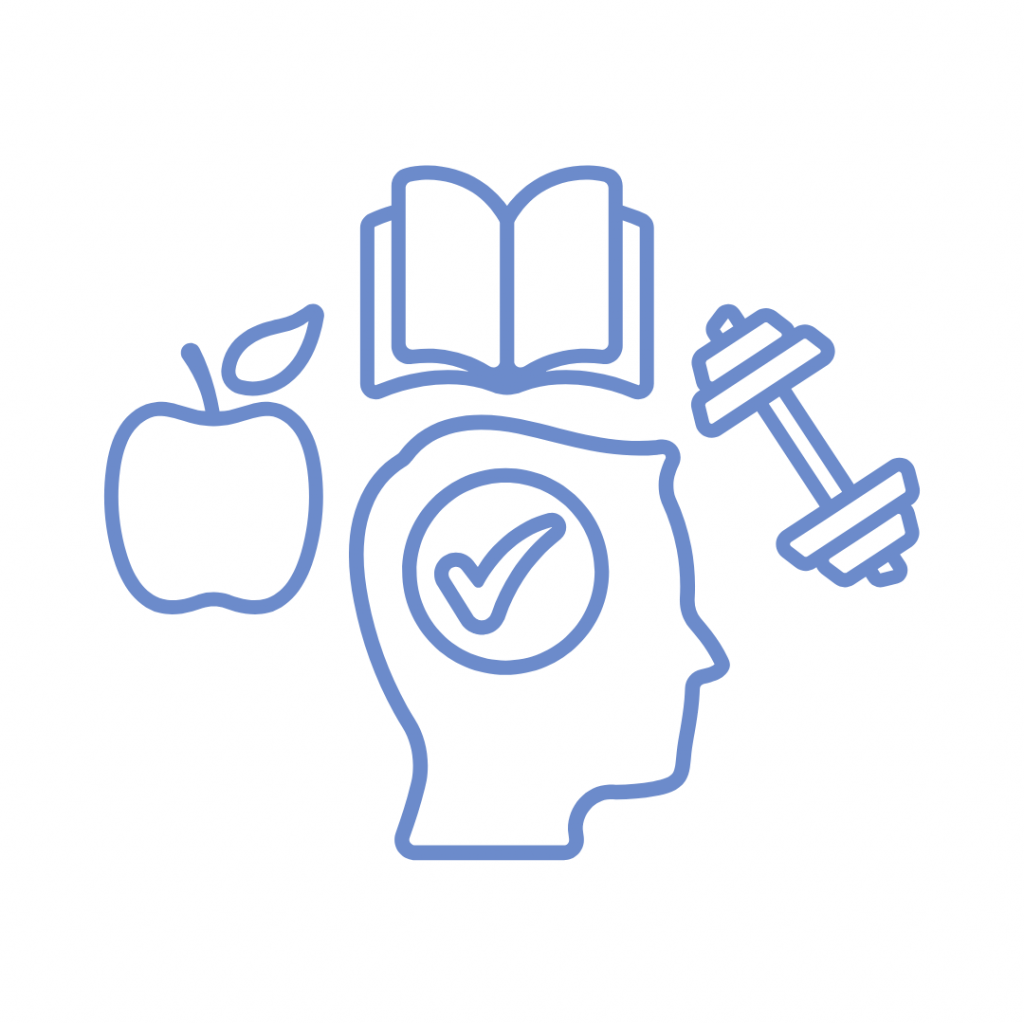
Observations About Learning Habits and Attitudes
As a parent, you have invaluable firsthand insights into your child’s learning behaviours at home. Consider sharing observations such as study habits, attitude towards schoolwork, strengths and areas for growth.

Conclusion

Sharing your child’s report card with their tutor is more than a routine task—it’s a valuable opportunity to support their growth. Approach it thoughtfully by discussing the report with your child, highlighting areas for improvement, and collaborating with the tutor to set realistic goals.

Provide additional context, such as learning habits or external factors, to help the tutor tailor their approach. Maintain open communication and schedule regular check-ins to track progress and adapt strategies as needed.

A report card isn’t just about grades; it’s a chance to foster learning, confidence, and success. With teamwork and consistency, every challenge can become a stepping stone toward your child’s potential.
Recent Comments